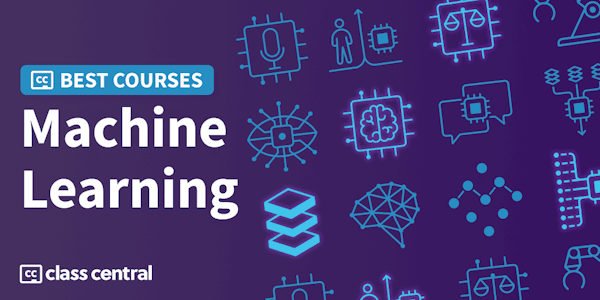Overview
Syllabus
Top Ten Fine-tuning Tips
Tip 1: Start with a Small Model
Tip 2: Use LoRA or QLoRA
Tip 3: Create 10 manual questions
Tip 4: Create datasets manually
Tip 5: Start training with just 100 rows
Tip 6: Always create a validation data split
Tip 7: Start by only training on one GPU
Tip 8: Use weights and biases for logging
Scale up rows, tuning type, then model size
Tip 9: Consider unsupervised fine-tuning if you've lots of data
Tip 10: Use preference fine-tuning ORPO
Recap of the ten tips
Ten tips applied to multi-modal fine-tuning
Playlists to watch
Trelis repo overview
ADVANCED Fine-tuning repo Trelis.com/ADVANCED-fine-tuning
Training on completions only
ADVANCED fine-tuning repo CONTINUED
ADVANCED vision Trelis.com/ADVANCED-vision
ADVANCED inference trelis.com/enterprise-server-api-and-inference-guide/
ADVANCED transcription trelis.com/ADVANCED-transcription
Support + Resources Trelis.com/About
Taught by
Trelis Research

